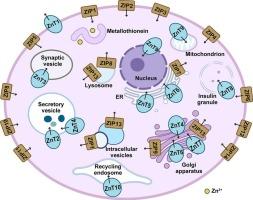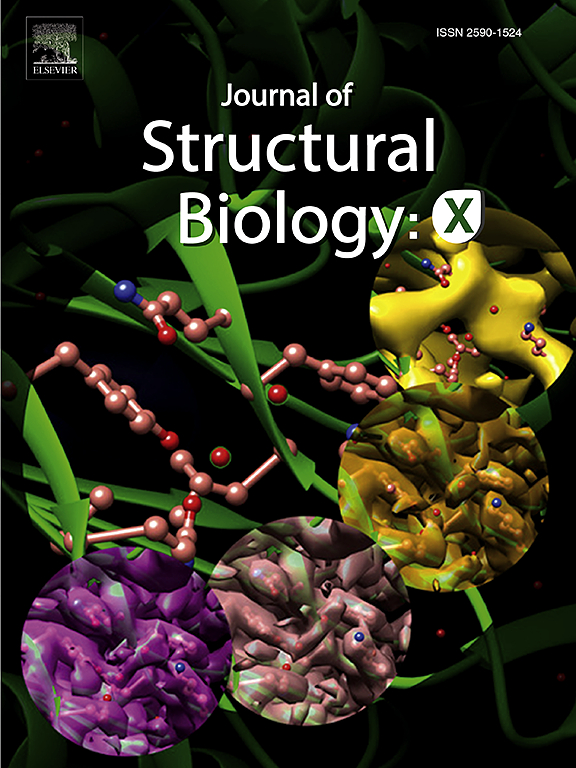A structural perspective of transmembrane transport of zinc by ZnT and ZIP transporters
IF 2.7
3区 生物学
Q3 BIOCHEMISTRY & MOLECULAR BIOLOGY
引用次数: 0
Abstract
Being the second most abundant trace metal in cells, zinc plays critical roles in a variety of cellular activities, serving as a structural or enzymatic co-factor, or a signaling molecule. Dysregulation of cellular zinc has been implicated in many pathophysiological conditions including cancer, neurodegenerative diseases and immune system disorders. Therefore, the cellular zinc homeostasis is tightly controlled by various transport proteins. Two solute carrier protein families, ZnT and ZIP transporters, mediate zinc efflux and influx, respectively, and are important players in maintaining the cellular zinc homeostasis. Recent structural advancement of ZnTs and ZIPs has gained new insight into the transport mechanism of zinc by these transporters. In this review, we discuss ZnT and ZIP transporters from a structural perspective to understand the transport mechanism of zinc across biological membranes.

ZnT和ZIP转运体对锌跨膜转运的结构研究
锌是细胞中第二丰富的微量金属,在多种细胞活动中起着至关重要的作用,作为结构或酶促辅助因子,或信号分子。细胞锌的失调与许多病理生理状况有关,包括癌症、神经退行性疾病和免疫系统紊乱。因此,细胞内锌的稳态受到多种转运蛋白的严格控制。两个溶质载体蛋白家族,ZnT和ZIP转运蛋白,分别介导锌的外排和内流,是维持细胞锌稳态的重要参与者。近年来关于锌纳米管和锌纳米管的结构研究进展,为锌的转运机制提供了新的认识。本文从结构的角度讨论了锌的转运载体ZnT和ZIP,以了解锌在生物膜上的转运机制。
本文章由计算机程序翻译,如有差异,请以英文原文为准。
求助全文
约1分钟内获得全文
求助全文
来源期刊

Journal of structural biology
生物-生化与分子生物学
CiteScore
6.30
自引率
3.30%
发文量
88
审稿时长
65 days
期刊介绍:
Journal of Structural Biology (JSB) has an open access mirror journal, the Journal of Structural Biology: X (JSBX), sharing the same aims and scope, editorial team, submission system and rigorous peer review. Since both journals share the same editorial system, you may submit your manuscript via either journal homepage. You will be prompted during submission (and revision) to choose in which to publish your article. The editors and reviewers are not aware of the choice you made until the article has been published online. JSB and JSBX publish papers dealing with the structural analysis of living material at every level of organization by all methods that lead to an understanding of biological function in terms of molecular and supermolecular structure.
Techniques covered include:
• Light microscopy including confocal microscopy
• All types of electron microscopy
• X-ray diffraction
• Nuclear magnetic resonance
• Scanning force microscopy, scanning probe microscopy, and tunneling microscopy
• Digital image processing
• Computational insights into structure
 求助内容:
求助内容: 应助结果提醒方式:
应助结果提醒方式:


